
Hey there! Welcome to Platform Weekly. Your weekly dip into the platform engineering jacuzzi. Every week, we explore another area of the platform engineering universe.
BTW - We just confirmed Kelsey Hightower for PlatformCon. Come meet him LIVE in New York🎉
Stop building your software like an artisan

How long does it take you (or your developers) to get a simple resource like a new database?
10 seconds? An hour? 2 days? 3 weeks? Everyone reading here will have a different answer.
You will all share a similar but slightly different reaction though. Half will say “10 seconds?? That’s impossible” and the other will say “3 weeks? That’s impossible”
That is the delta between advanced platform engineering setups and your standard DevOps setup at the enterprise.
I am working with a team right now where, when we started, developers had to wait almost 3 weeks and 17 manual steps with handoff to multiple engineers, I&O, security, and at least 1 engineering manager. Every single time.
Some of you might be shocked. But for most orgs out there. That is the norm.
Why? I have a pretty simple answer.
Software engineering is still in its craftsmanship phase.
Rather than the default being large, effective interconnected systems of automation and standardization. The default is the dream of the “10x engineer”. Most orgs build software like they are a small artisan workshop with master craftspeople.
What do I mean by this? My favorite example is to think of a chair. A master craftswoman can go from raw tree to chair and knows exactly how different wood, and different tools all impact the product. They know every piece of the process and are responsible for it. Sounds great. Until you need 10 million chairs. Or you need a chair in 10 seconds.
This is how software engineering currently works at most enterprises.
Just look at how the scope of responsibility of the average Dev has exploded in the last 20 years.

Inspired by Daniel Bryant’s great talk at PC22
Platform Engineering is about solving this trend. It’s about becoming IKEA to produce your chairs.
It’s about building simpler, more automated, more standardized systems that let your developers deliver what they need without needing to understand the myriad different stakeholders they’re touching.
It’s about letting them press the gas, and the car accelerates - without having to send a Jira ticket and a Slack message to the fuel injector - or go inject the fuel themselves…
Most industries (that ironically software accelerates) have already gone through this process from master craftsperson to assembly line. A dock crane operator would be fine in Hamburg or in Baltimore. The screws in my chair are likely the exact same as in yours.




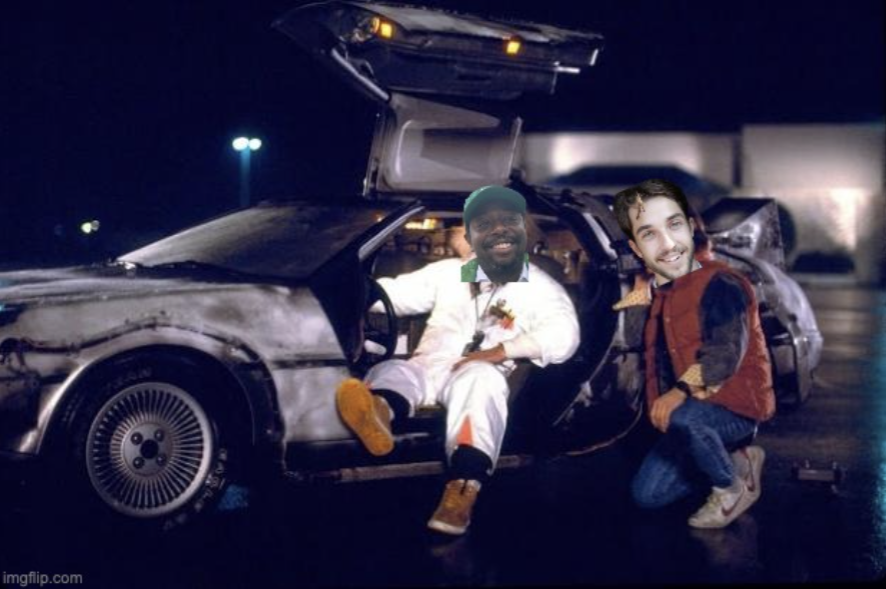



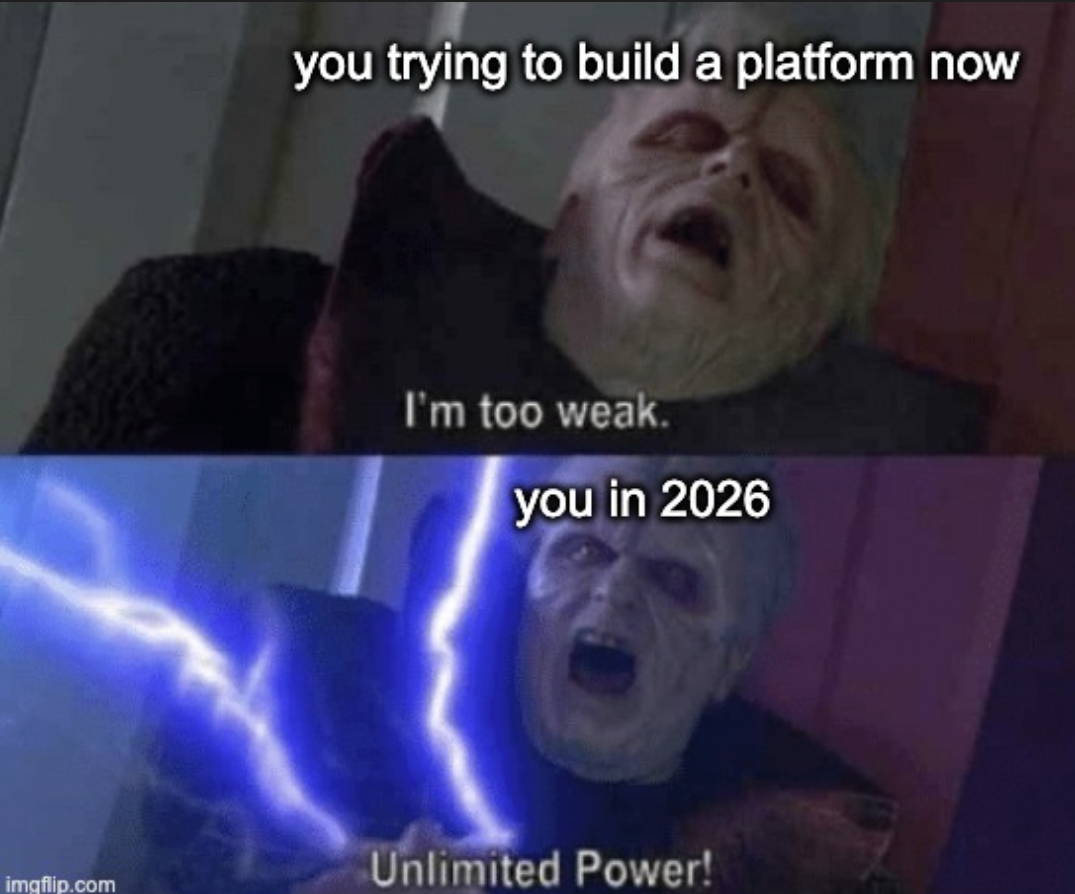
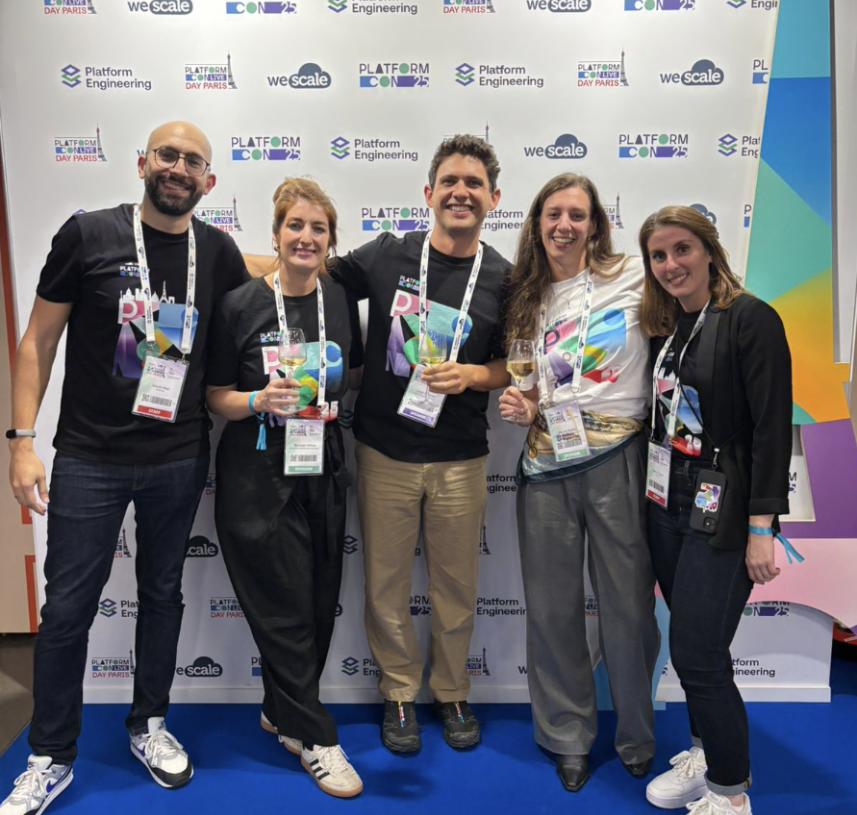
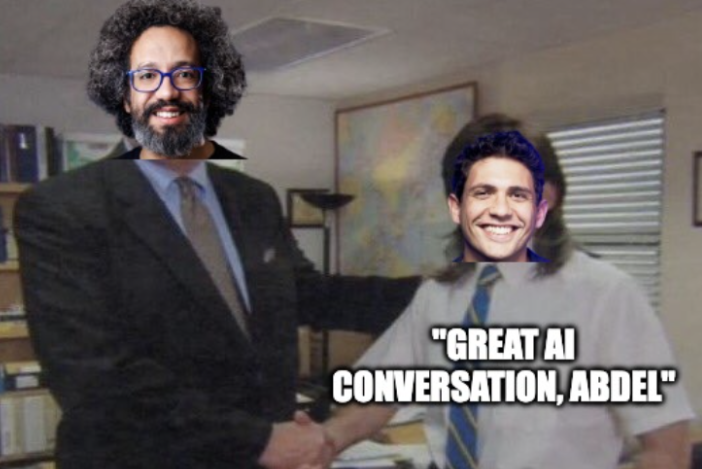




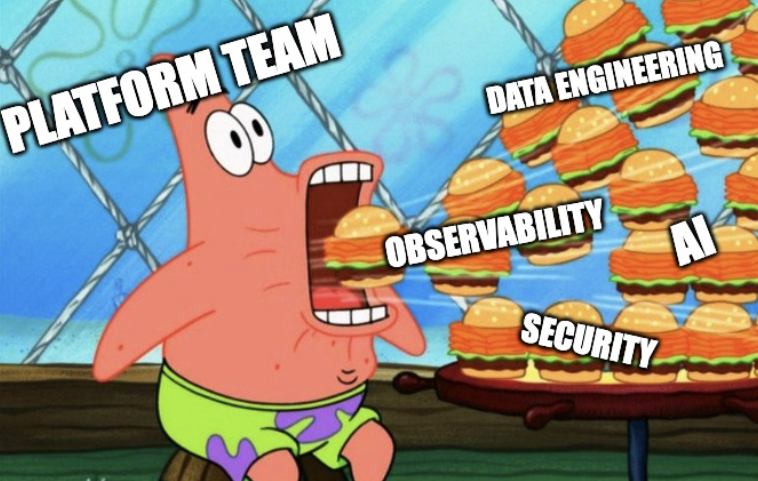
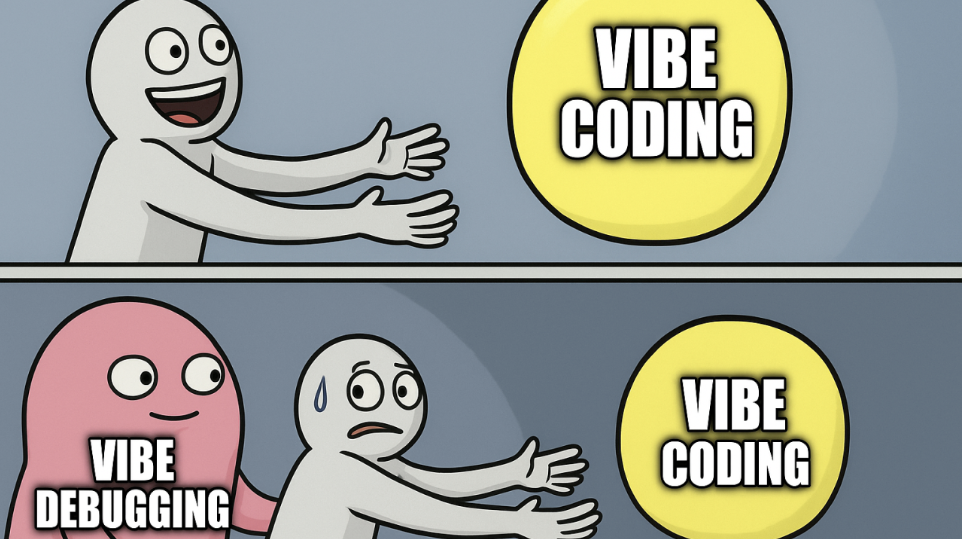



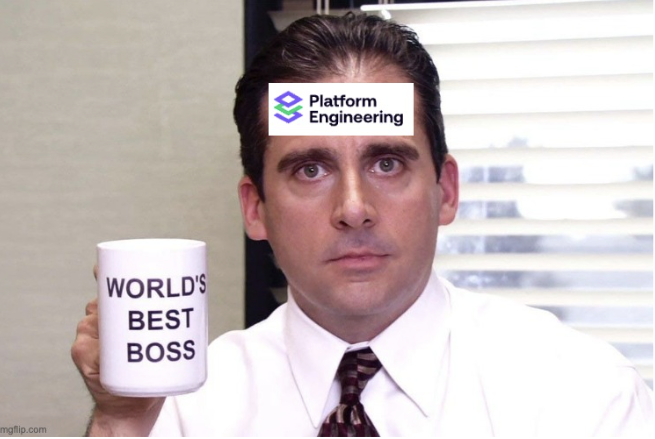
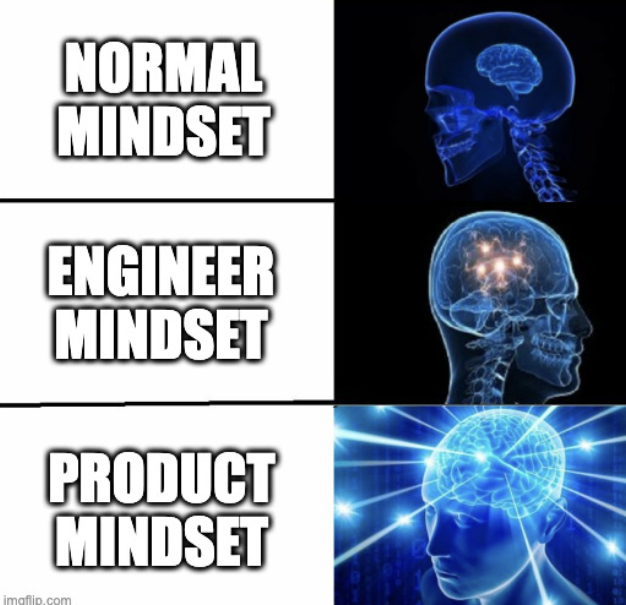



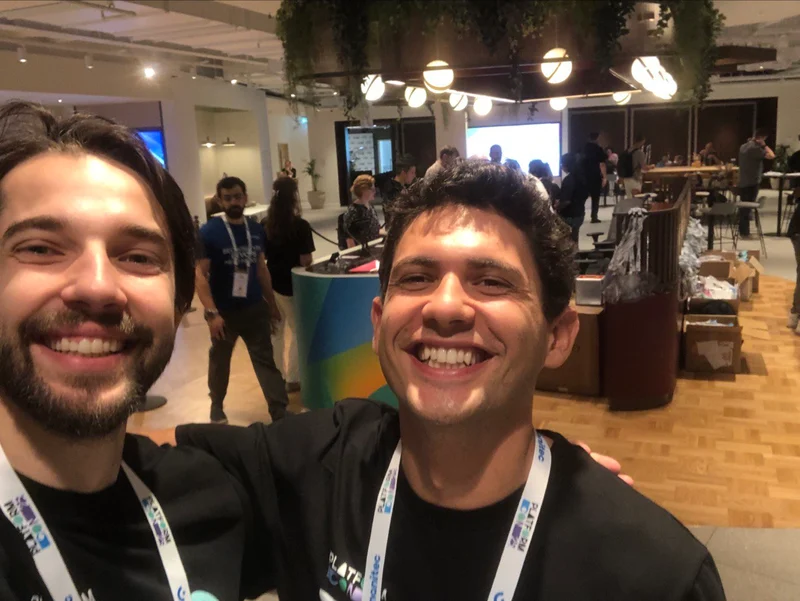

.webp)
.webp)




.webp)
.webp)

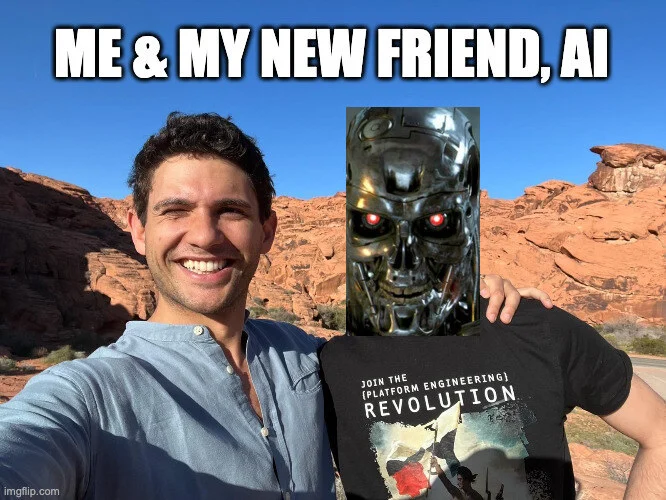
.webp)
.webp)
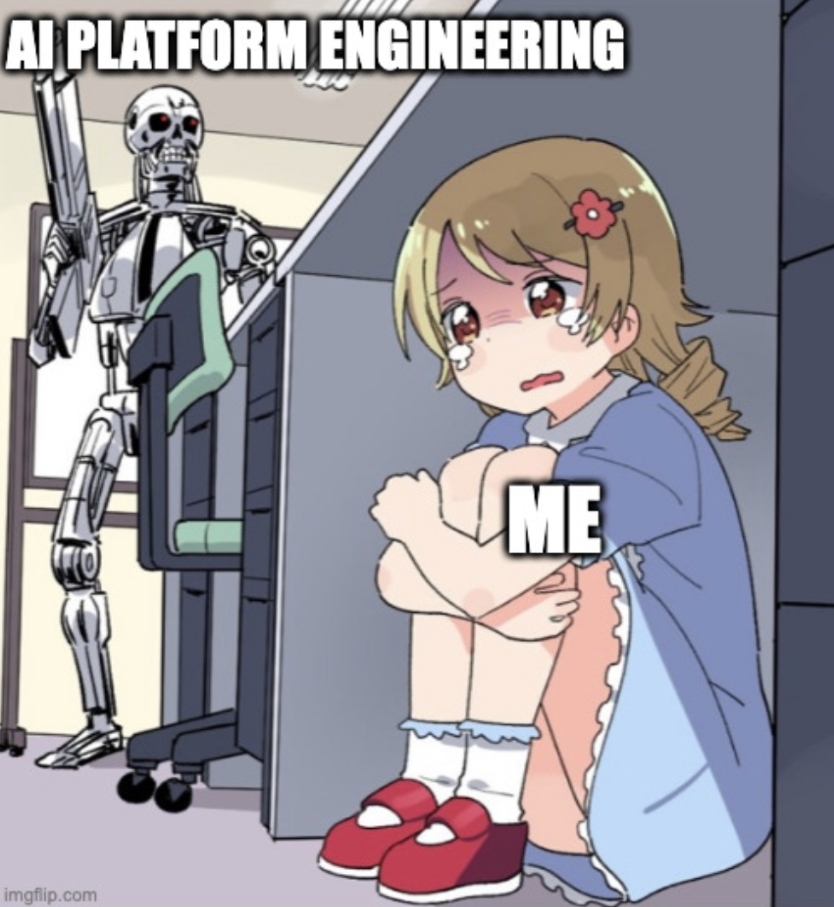
.webp)


-1.webp)













.jpg)
.jpg)
.jpg)
.jpg)
.png)
.jpg)
.png)
.jpg)
.jpg)
.jpg)


.jpg)
.jpg)
.jpg)
.jpg)
.jpg)
.png)
.jpg)
.jpg)
.jpg)
.jpg)
.jpg)
.jpg)
.png)
.jpg)
.jpg)
.jpg)
.jpg)
.jpg)
.jpg)













